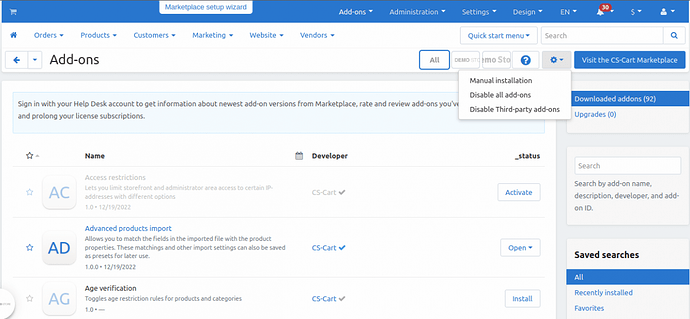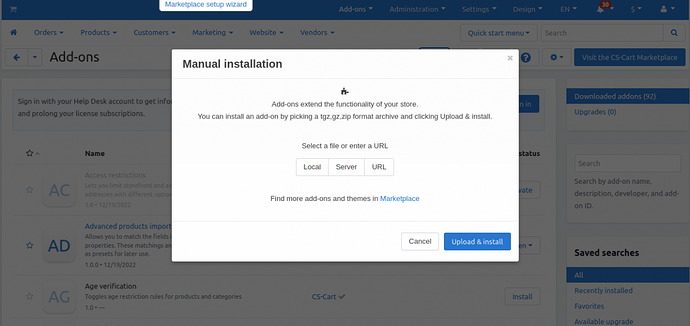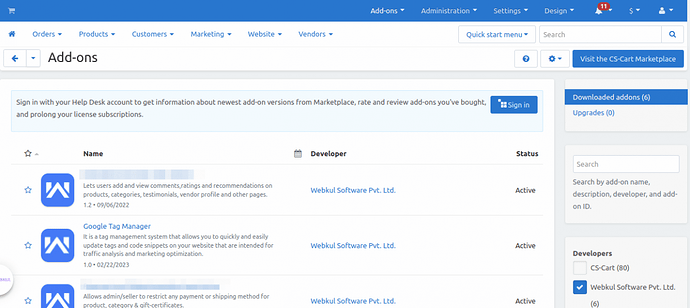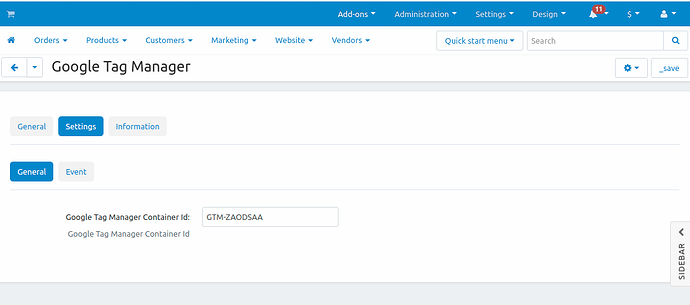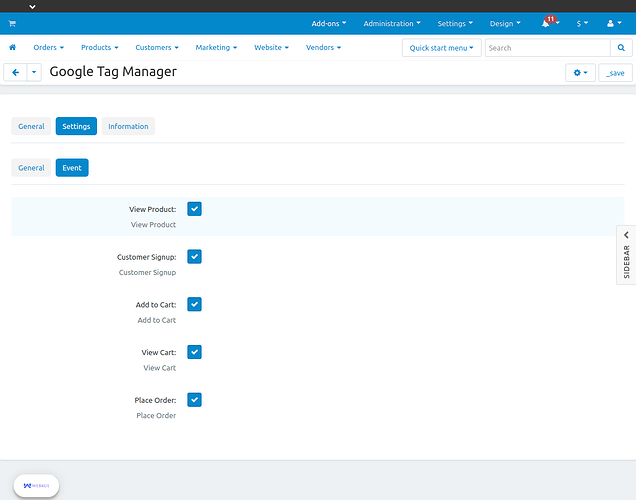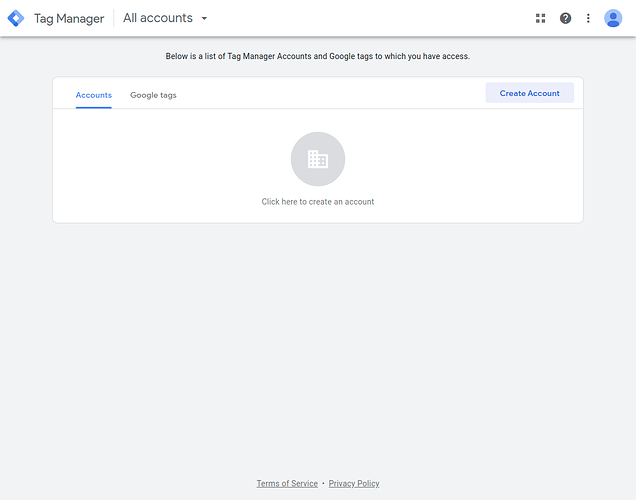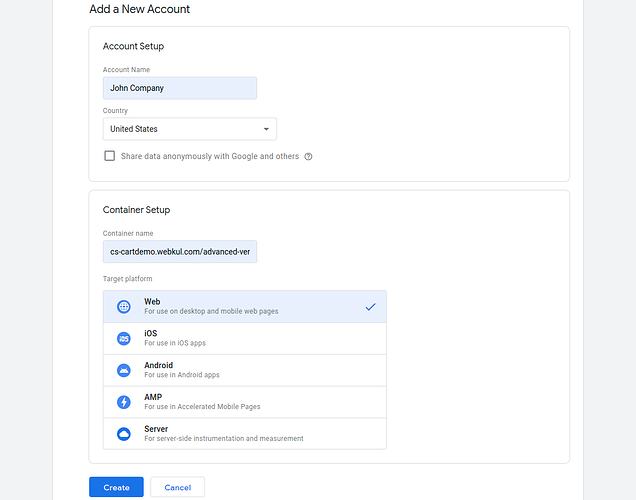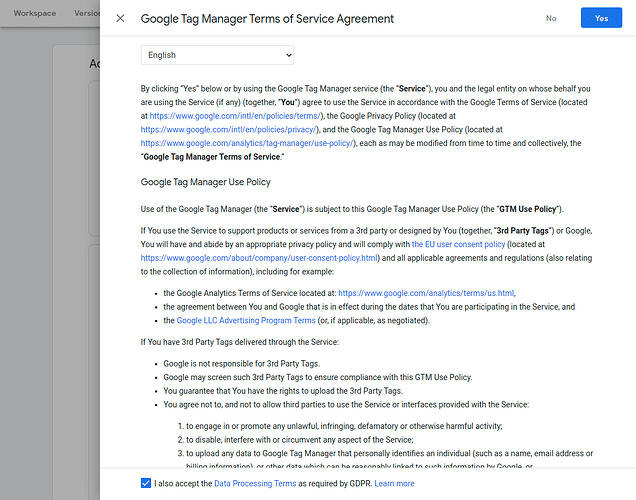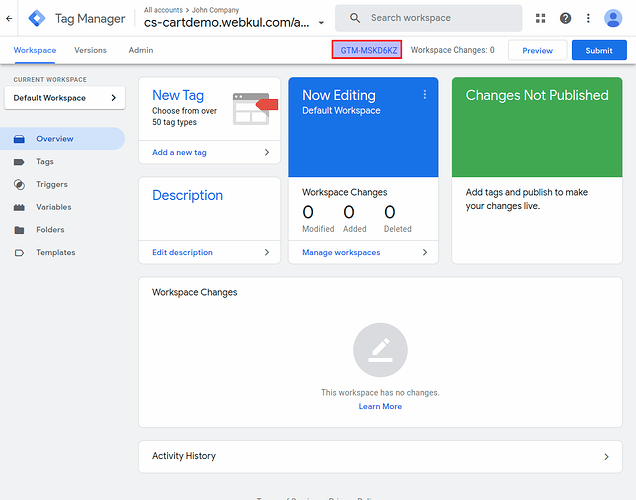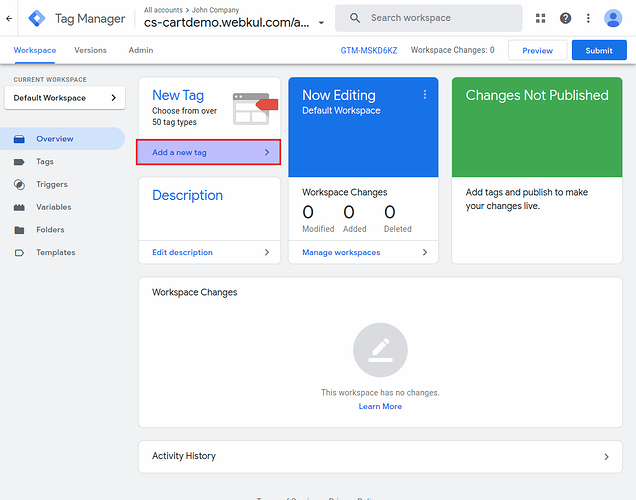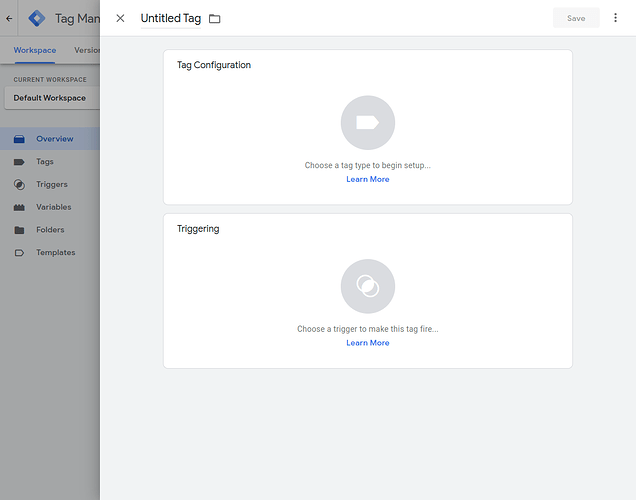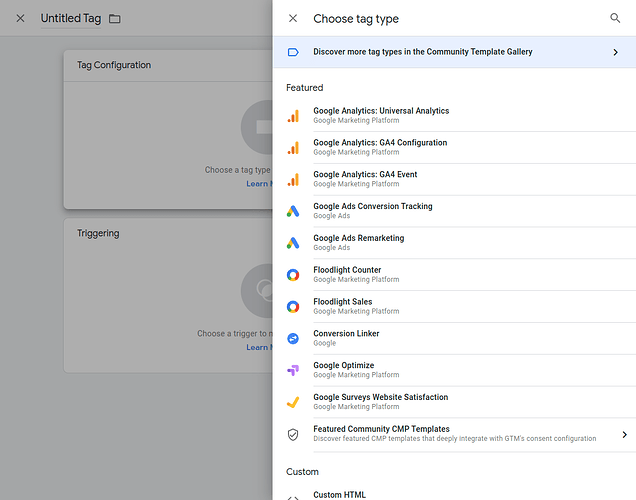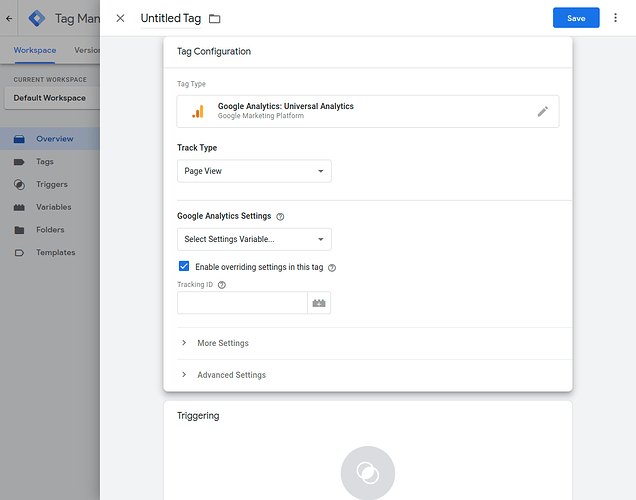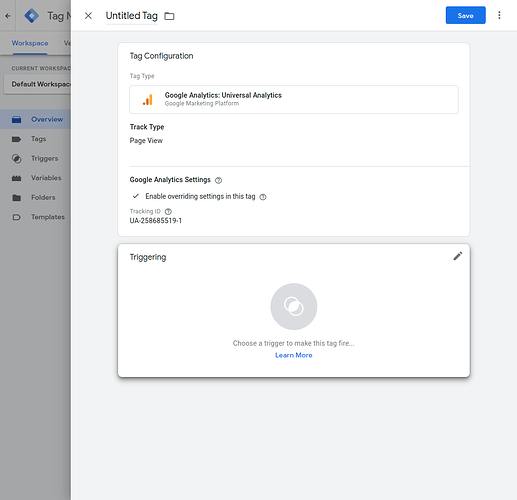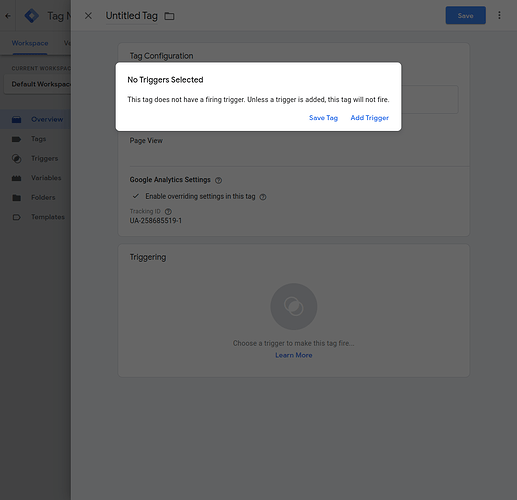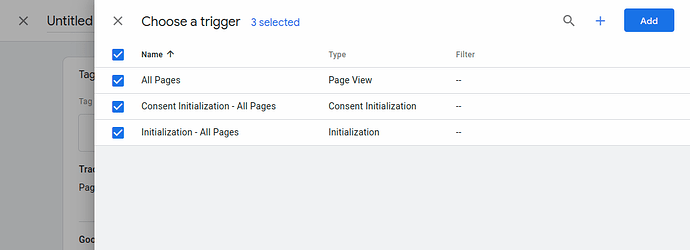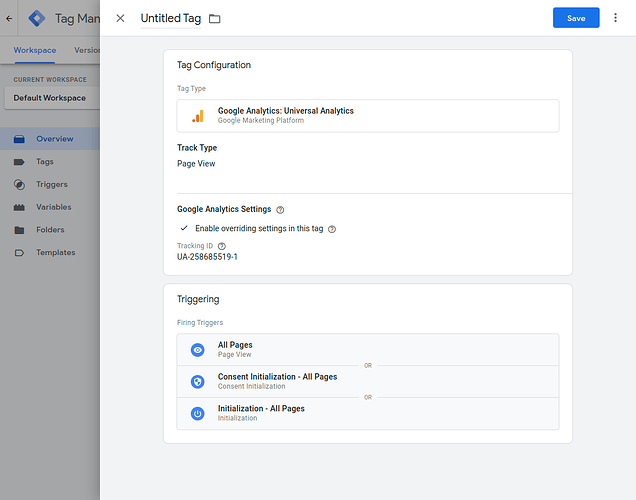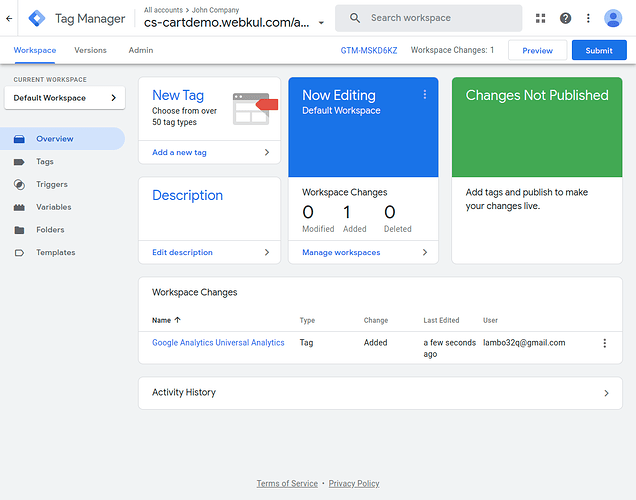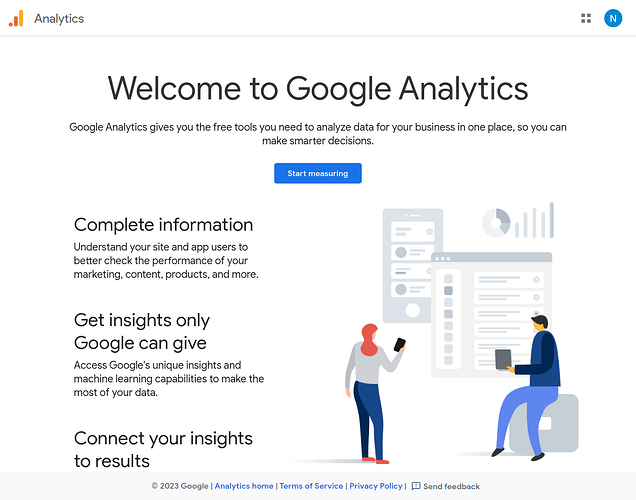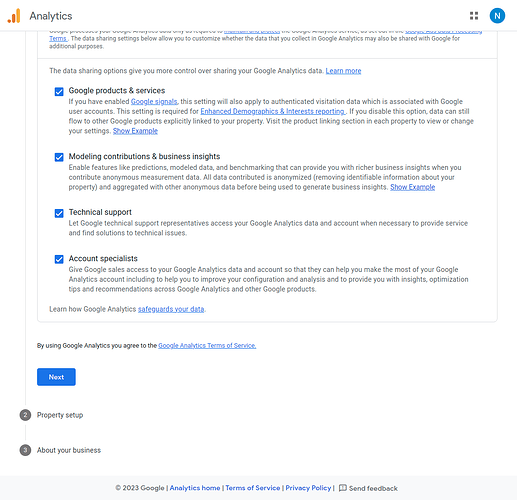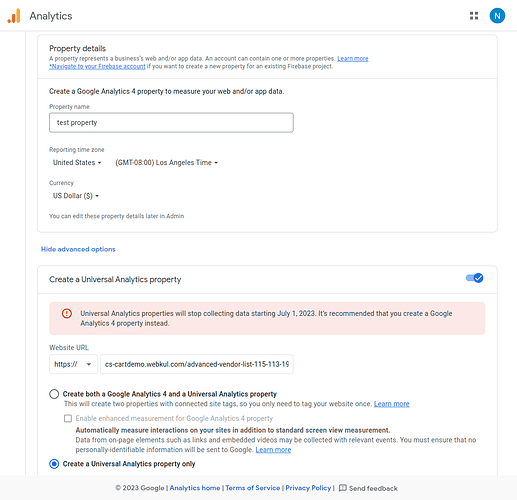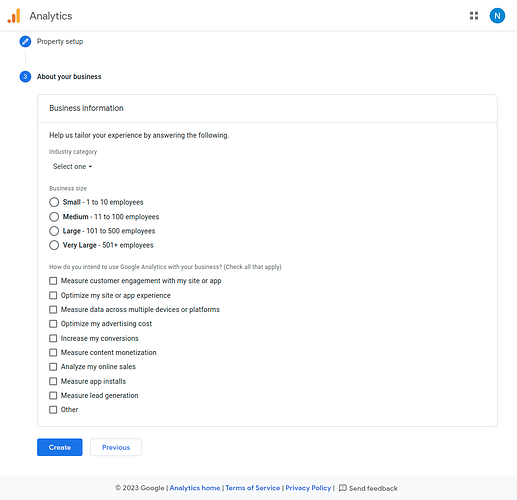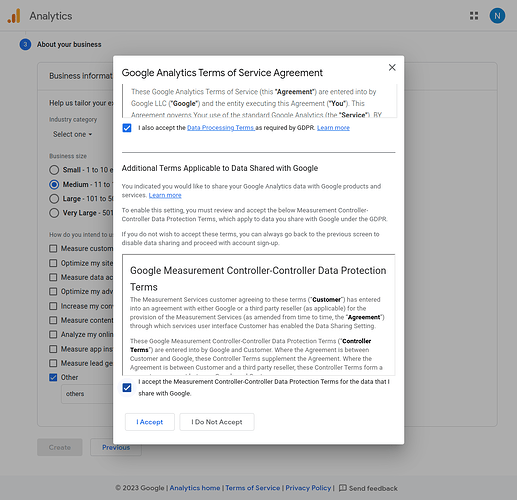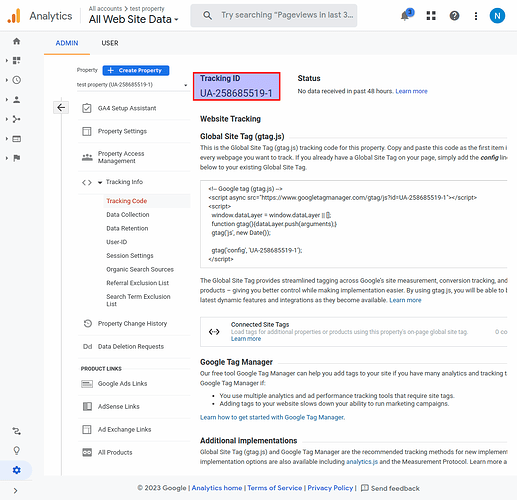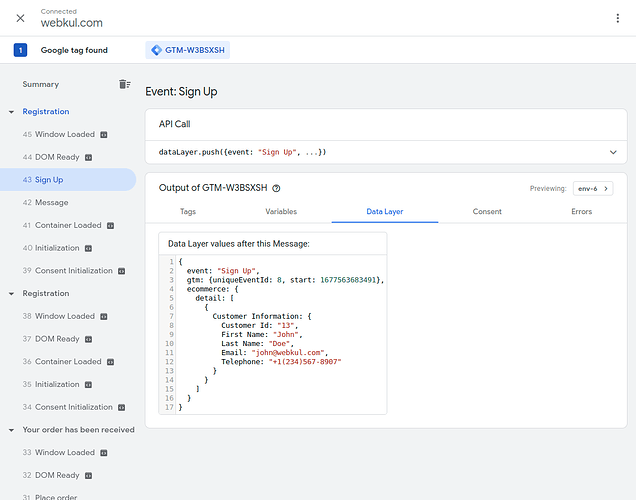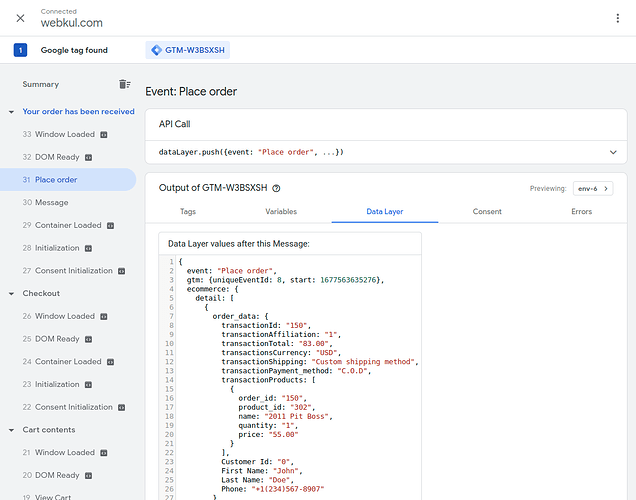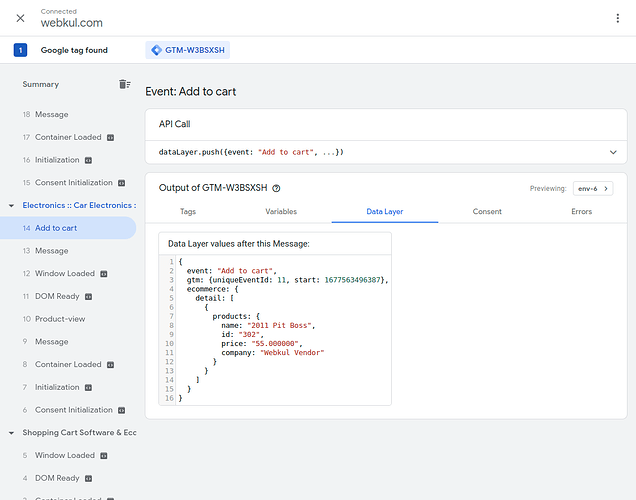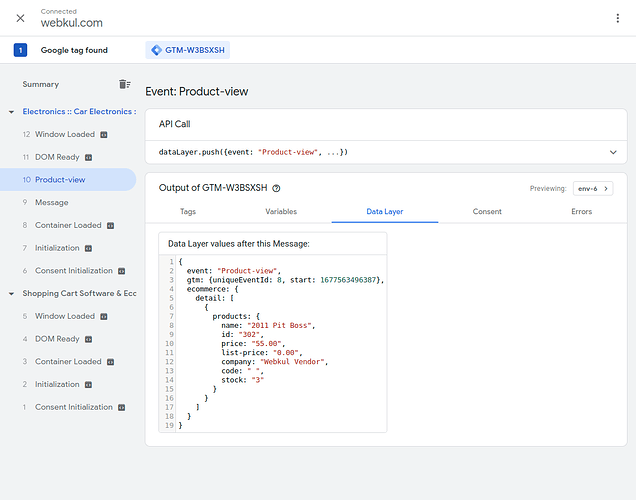Hello Community,
We are glad to introduce an addon Cs-Cart GTM Manager.
Short Description
Through this CS-Cart Google Tag Manager add-on, store owners can implement GTM on their websites, which helps them manage and deploy various tracking tags. The admin can track events of customers like - product view, add to cart, order success, signup, and view cart.
Features
-
The admin can easily configure the Google Tag Manager within his CS-Cart store.
-
Add your Container ID as required.
-
The admin can check customer events for the product view.
-
The customer Registration event can be checked by the admin.
-
The admin can check the customer event for add to cart.
-
The cart page event for the customers can be checked by the admin.
-
The admin can check the customer event for order success.
-
The add-on supports CS-Cart Ultimate and CS-Cart Multivendor as well.
Installation Procedure
After you download the add-on, you get one zip file and the install.txt file. Please read it carefully and follow it.
Now, navigate to the admin backend panel via Add-ons**->**Manage add-ons tap on the cog icon, and then tap the Manual installation option.
Thereafter a pop-up comes up, on that click on “Local” to browse the zip file, and then click on the “Upload & install” button.
After installation of the add-on, you will find the “Google Tag Manager” in the list of available add-ons.
Initial Configuration
After the successful installation of the CS-Cart Google Tag Manager add-on, the admin can configure the plugin’s settings.
Now, navigate to the Add-ons section and tap on the Google Tag Manager add-on. Then go to the settings tab.
General
Here, the admin will –
Google Tag Manager Container Id:
Enter your GTM container id within this section and tap on the Save button at the top right-hand corner.
Event
Here, the admin will select the event tags for which the Google Analytics should work for the website.
The admin can choose events from the available ones – View product, Customer Signup, Add to Cart, View Cart, and Place Order.
How to get the Container ID?
To get the container ID, you must log in to your GTM console and create an account first. After logging in to the GTM console you can see the below screen. Here, tap on the Create Account button to create an account first.
Now, enter the Account name, choose the country, set the Container name(the website URL without Https:// where you want to use Google Analytics), Choose the target platform(choose Web), and tap the Create button after that.
After tapping on the Create button you will see a popup. Accept the terms and conditions and tap on the Yes button after that as shown below in the snapshot.
Now, you can see the Container ID that needs to be entered in the admin configuration.
How to add a New Tag?
To add a new tag, navigate to the GTM console and tap on the Add New Tag option.
This brings up the section to select the Tag Configuration. Here, for the tag configuration, tap the Choose a tag type to begin setup.
Here, choose between Universal Analytics or GA4 Configuration.
After selecting Universal Analytics, select the track type as the page. Also, under Google Analytics Settings check the checkbox “Enable Overriding settings in this tag” and enter the Tracking ID after that.
After entering the Tracking ID, tap on the save button on the top right-hand side.
This brings up the section asking to add the triggers, tap the Add Trigger option.
After that select the All pages check box and tap Add button. The events that are selected in the plugins event section will be registered for the pages.
Lastly, tap the Save button.
The admin can then see the created tag as required.
Getting the Tracking ID from the Google Analytics Dashboard
Login to your Google Analytics console using the same Gmail ID that you used for the GTM console login. After that create an account by tapping on the Start Measuring Tab as mentioned below.
This brings up the section to create an account at Google Analytics. Here, enter the required details which include the – Account name, select the Google products & services checkbox, and then tap the Next button to set the property setup.
Under Property setup set the property name and then tap on the “Show Advanced option”. Now, enter the website URL where you want Google Analytics to work, choose to Create a Universal Analytics property only, and tap the Next button after that.
Under the about your business section select the appropriate options and tap on the Create button after that.
After tapping on the Create button above you will see a pop-up just select the terms and conditions and tap the I Accept button.
After that, you will get the Tracking ID as per the snapshot below.
Now, enter this tracking ID in the GTM console section
Admin View – Data in Data Layer
Sign Up: The admin can view the sign-up event data in the data layer.
Order Place: The admin can view the order place event data in the data layer.
View Cart: The admin can view the view cart event data in the data layer.
Add To Cart: The admin can view the add-to-cart event data in the data layer.
Product View: The admin can view the product view event data in the data layer.
You can visit the purchase link here.
You can also check the demo here.
For any queries or concerns, please contact us .
